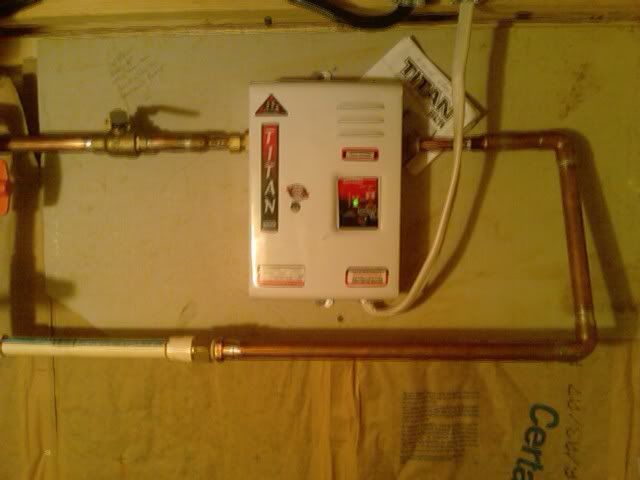ohm
Senior Member
- Location
- Birmingham, AL
I once installed one for a customer with a 125 amp service. Darn thing required three 40 amp circuits for it's three stages. No matter what I did, the kitchen lights would flicker when the thing came on. I was able to adjust it so that the bathroom and bedroom lights would not flicker, unless there was demand from 2 places (like 2 sinks, or 1 sink and washing machine).
Folks decided to live with the flicker rather than upgrade the service.
Looks like you squeezed every bit out of that 125A service. They say the electric tankless is close to 90% efficient compared to the gas units which are closer to 70% due to the venting req.


